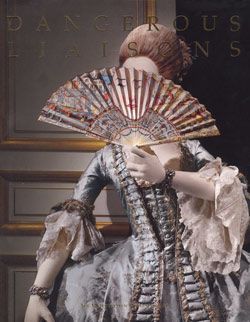Armchair
This armchair, a so-called fauteuil en cabriolet, has a slightly curved medallion-shaped back to fit the human form. Made of beech wood, like most French seat furniture of this period, the chair was originally gilded and may have been part of a larger set.
Existing records document the making of seat furniture and illustrate the typical eighteenth-century division of labor in such projects. According to strict French guild regulations a menuisier (or joiner) would cut the wood to shape for the frames of the chairs and assemble them: he was not allowed to embellish the frames with more than plain moldings or simple ornament. The decorative carving, here including rosettes, acanthus, pearl motifs and coiling ribbon, characteristic for the neoclassical style, would have been done by specialist carvers or sculptors. The gilding added substantially to the overall cost while the upholstery was generally the most expensive element. If a chair bears a maker’s mark, it is usually that of the menuisier. The names of the carver, gilder and upholsterer are usually not known.
This image cannot be enlarged, viewed at full screen, or downloaded.


